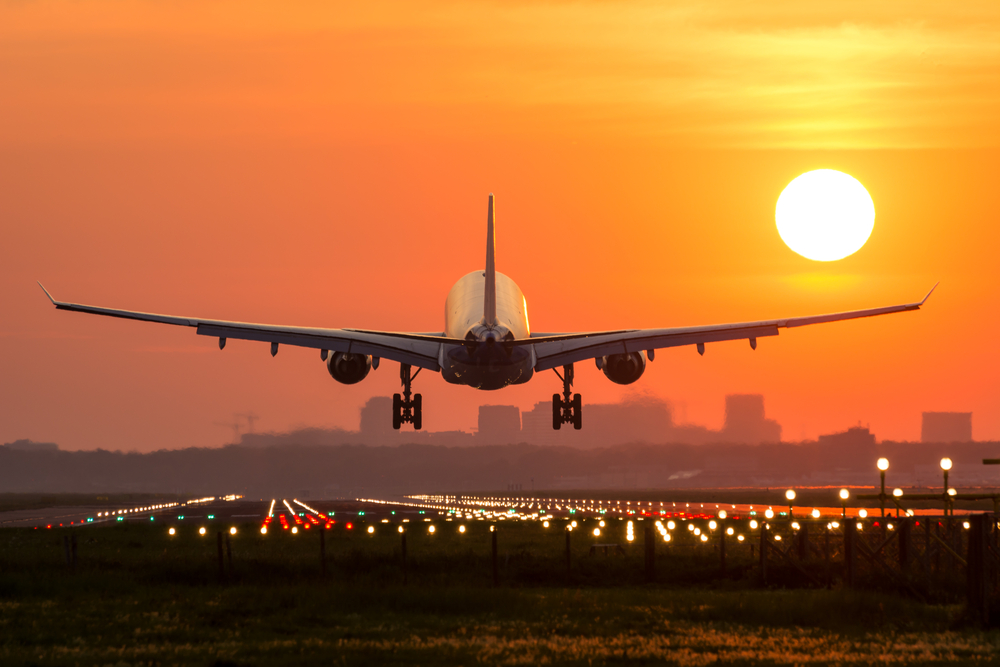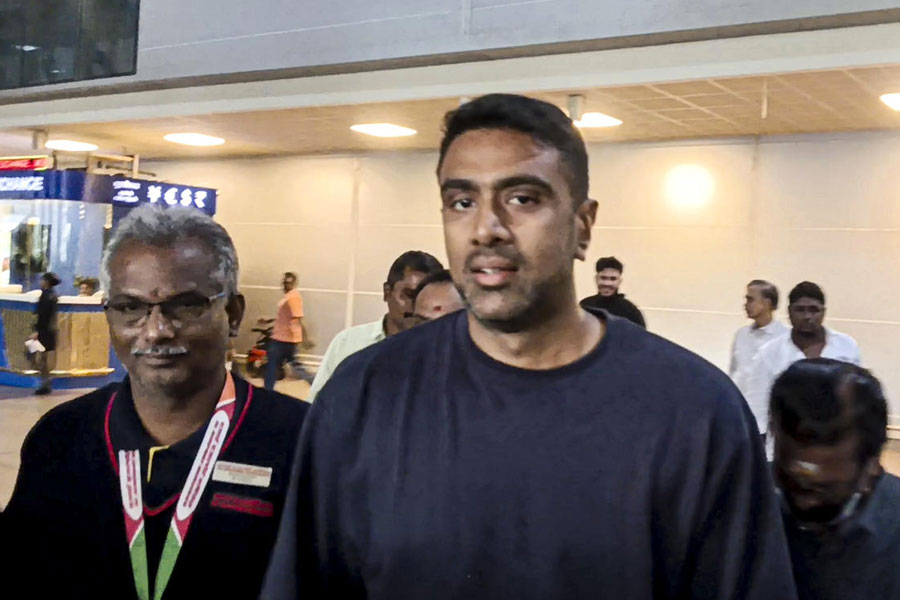Middle row seats in planes are unlikely to be kept vacant when domestic flights resume, violating social distancing norms.
The government is finalising the standard operating procedure (SOP) for airlines after flight services resume in a graded manner.
The draft was prepared after discussions with stakeholders, including airlines and airport operators. Comments have been sought from the stakeholders, according to sources.
The draft document is silent on leaving the middle seat vacant as airlines warned the fares would be more for the other passengers to compensate for the empty seat.
Aviation regulator DGCA had suggested airlines leave the middle seats vacant when commercial flight services were suspended in March.
The Bureau of Civil Aviation Security had also proposed that when airlines resume services on domestic routes they must not sell tickets for the middle seat, and the last three rows should be kept vacant in case a passenger needs to be quarantined mid-flight.
“The implication of this is that on a 180-seat narrow body aircraft, an airline can sell a maximum 108 seats, representing a 60 per cent load factor. Even if social distancing is not in place, demand conditions are expected to be so weak that passenger loads are in any case unlikely to be any higher than that, ” aviation consultant Capa India said in a note
“This will naturally increase the average break-even fare,” Capa said.
The International Air Transport Association (IATA) said it does not support mandating social distancing measures that would leave ‘middle seats’ empty.
“Evidence suggests that the risk of transmission on board an aircraft is low. And we will take measures such as the wearing of face coverings by passengers and masks by crew—to add extra layers of protection.
“We must arrive at a solution that gives passengers the confidence to fly and keeps the cost of flying affordable. One without the other will have no lasting benefit,” Alexandre de Juniac, IATA’s director-general and CEO has said.










